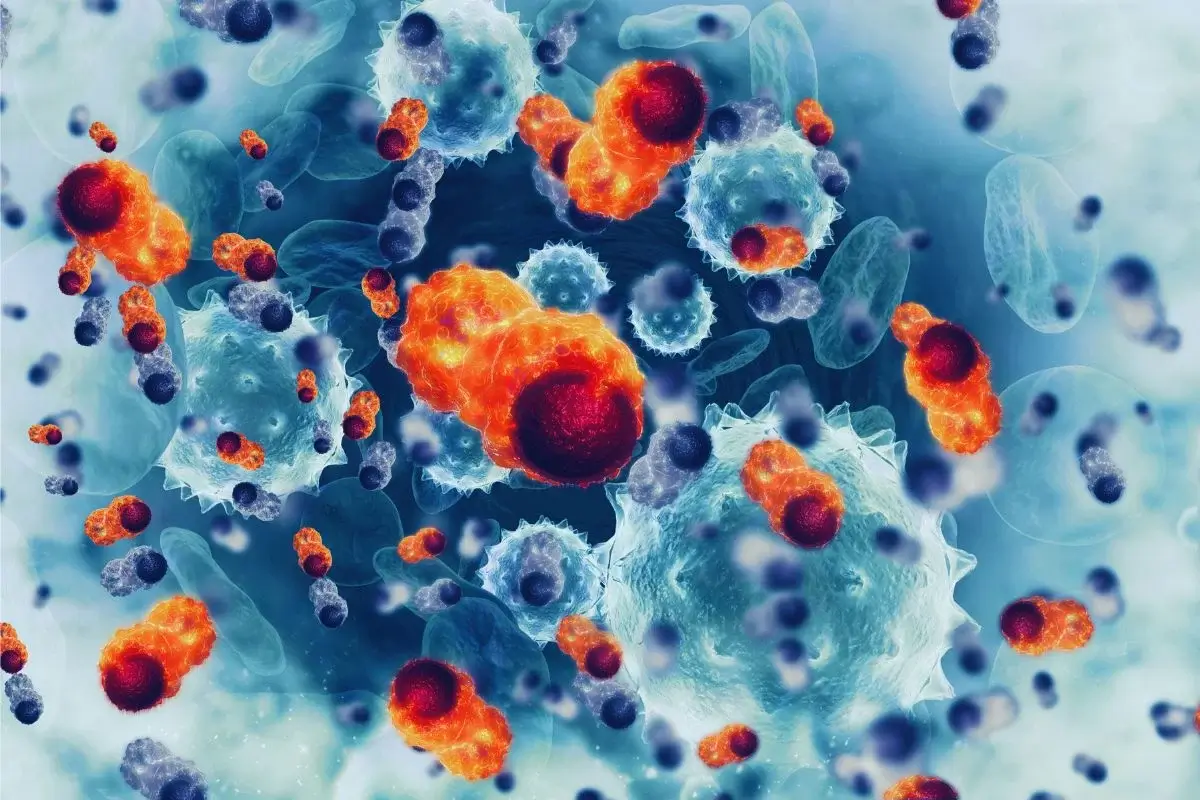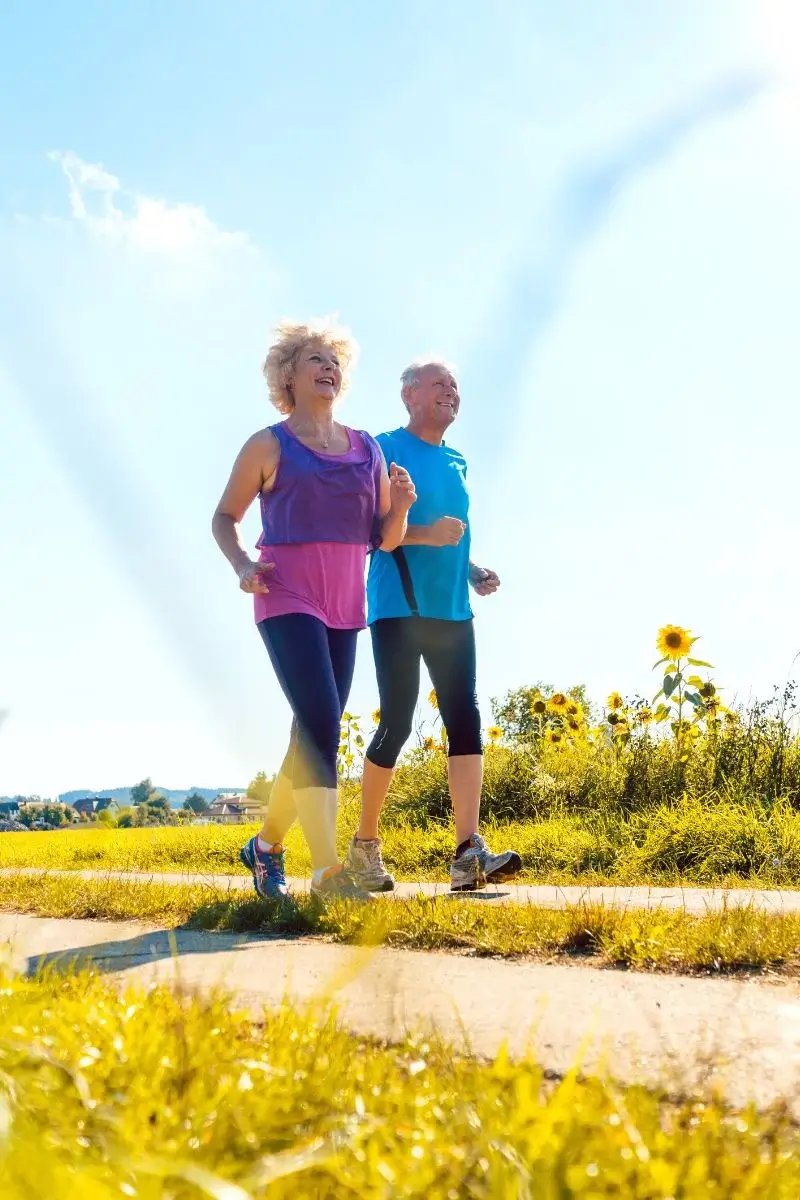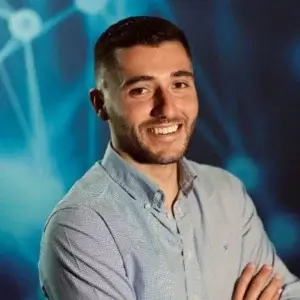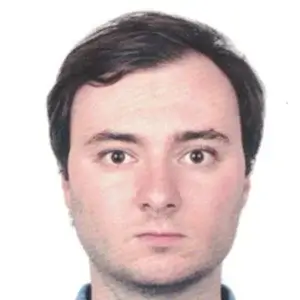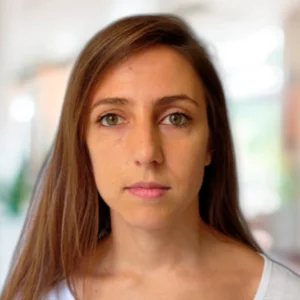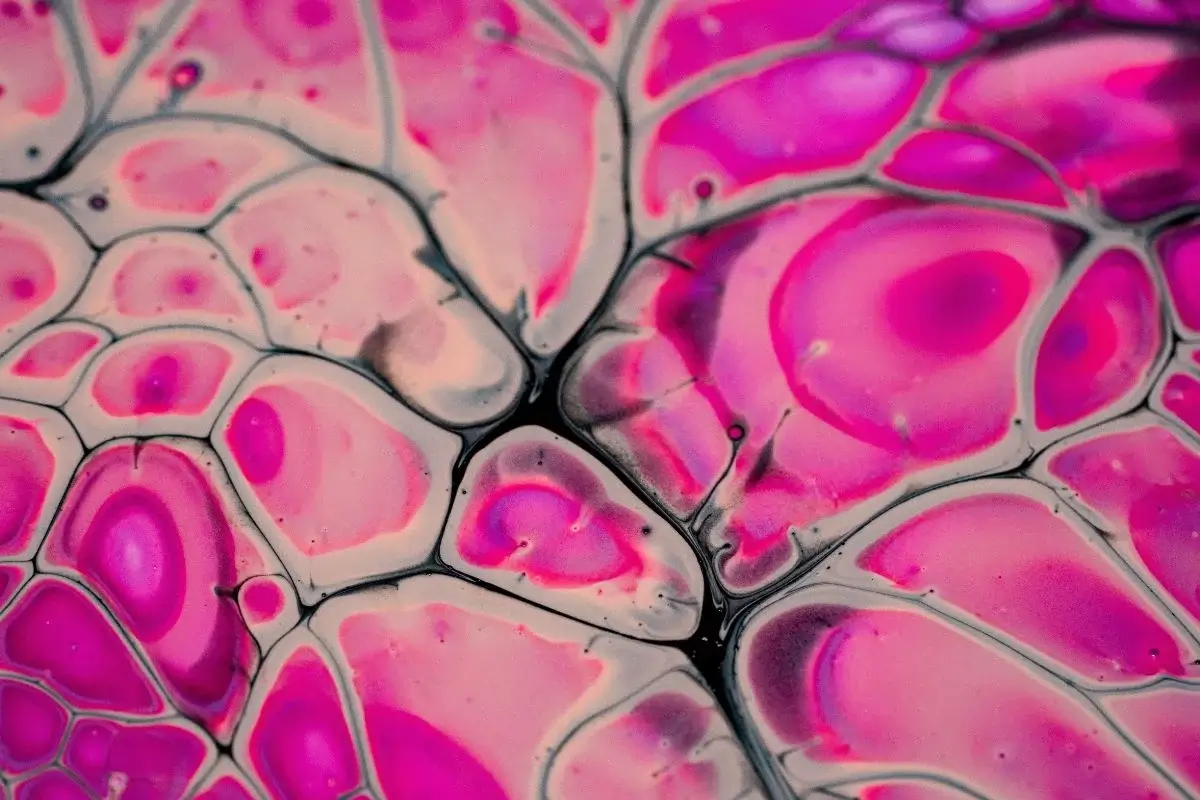About this webinar
Welcome to Meet the Ulysseus Post-docs – Ageing and Wellbeing talks! The Ageing and Well-being Innovation Hub in Nice has granted four post-doctoral fellowships in 2022. We are thrilled to introduce these fellows and provide them with an opportunity to showcase their work.
Our first speaker is Flavio Da Silva, who will present his work on identifying motor strategies during loaded and unloaded sit-to-stand movements as an indicator of muscle function loss for personalizing adapted physical activity in the elderly. He will discuss the importance of considering motor strategy when performing sit-to-stand movements to more accurately assess age-related declines in physical function.
Our second speaker is Bogdan Grigorash, who will discuss his research on liver rejuvenation by 4 factor mediated partial reprogramming in the absence of p16High senescent cells. He will present the findings of his study, which highlight the benefits of reducing the number of p16High senescent cells during 4 factor partial reprogramming and lay the basis for future studies of tissue rejuvenation.
Our third speaker is Giulia Allavena, who will talk about the role of cGAS-STING in the aging tumor microenvironment. Discover how telomerase-deficient zebrafish serve as a premature aging model, and how the cGAS-STING innate immunity pathway is a key regulator of the senescence-associated secretory phenotype (SASP). Learn about recent experiments that reveal cGAS-STING as required for the aging phenotype of telomerase mutants and the potential implications for cancer prevention.
Our final speaker is Claudia Zoller, who works in the field of behavioural health economics with a focus on fostering healthy behaviours. She will discuss her research on how to foster healthy behaviours in aging adults, with a particular focus on physical activity and diet. She will present the findings of her study, which aim to provide insights into the behavioural factors that can contribute to healthy aging.
Join us for an engaging and informative discussion on the latest research in ageing and wellbeing, presented by our talented post-doctoral fellows. Don’t miss this opportunity to learn from these promising researchers.
Keywords: Frailty platform, Exercise-induced neuromuscular fatigue, Motor strategies, Kinematic and dynamic data, Physical function, Muscle power deficits, Senescent cells, Liver rejuvenation, Yamanaka reprogramming factors, Partial reprogramming, p16High senescent cells, Endothelial cells, Behavioral health economic
